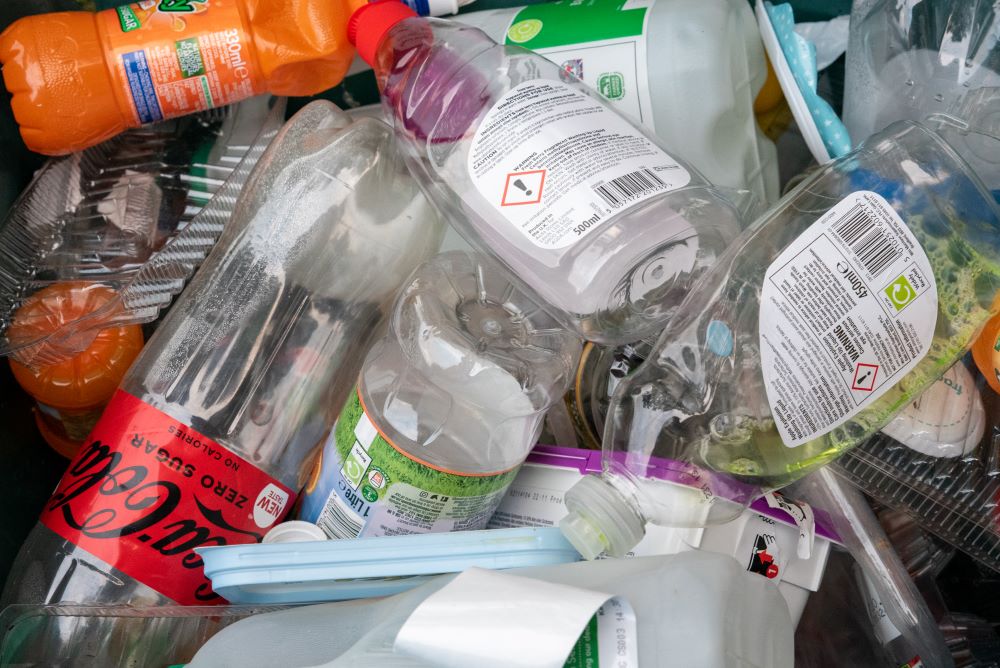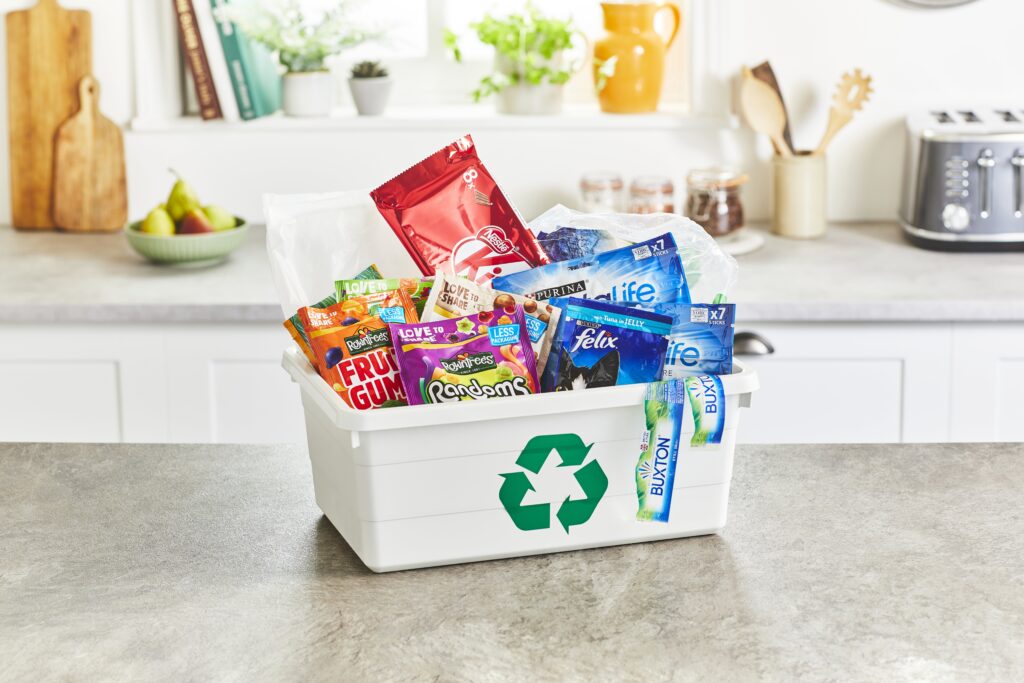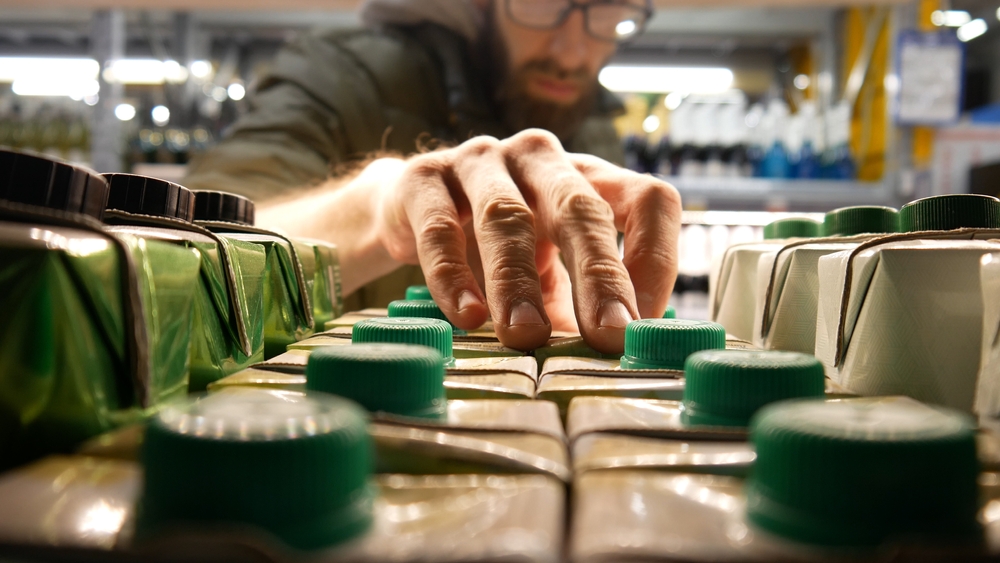Trading for packaging waste recovery notes (PRNs) – the evidence used by packaging companies to demonstrate producer responsibility – has been volatile because of the huge amount of uncertainty over reprocessing levels and producer obligations this year.
””he sector still does not have an idea of how much packaging has been placed on the market by the producers obligated to buy PRNs. “
Defra is to release data on the reprocessing of packaging waste in the second quarter of 2005 later this month. But the sector still does not have an idea of how much packaging has been placed on the market by the producers obligated to buy PRNs under the packaging regulations.
Trading this month has seen prices for paper and wood PRNs edging upwards, prices of glass and plastic PRNs edging downwards – and prices for metal PRNs entering the stratosphere.
There are particular questions being asked as to the availability of aluminium and steel PRNs, with even long-term contracts for PRNs thought to be under threat.
Prices for recovery PRNs remain as low as ever in the light of Defra's “minimum recycling” requirement for producers, which limits how many recovery PRNs can be used towards overall recovery targets.
Metals
Some schemes are reporting “severe problems” on metals, in terms of the availability of both aluminium and steel PRNs.
Prices on the open market have been as high as 200 per tonne, even though some obligated parties have been able to get hold of aluminium and steel notes for as little as 50 through longer-term arrangements with reprocessors.
Part of the shortage of availability is thought to have arisen because some reprocessors may be holding onto their PRNs hoping to get a better price towards the end of the year.
The shortage of availability has large been blamed on a slow-down in exports for scrap metals, however. Some analysts have even suggested that even long-term contracts for recovery notes could be in some jeopardy. Experts believe data for quarter two will show a similar – or slightly worse – situation as in the first quarter of the year as exporters have been holding onto material, waiting for global prices to rise.
”It is thought that exports have begun to pick up in the last few weeks. “
However, it is thought that exports have begun to pick up in the last few weeks, and this is expected to have a significant impact on quarter three figures.
One analyst said: “The exports situation will recover, there is no doubt about that, we are seeing evidence of that already. But the question is, will it recover in time for year-end?”
Paper and wood
The market for paper and wood PRNs, which are largely used by obligated producers towards their overall recycling targets rather than just material-specific recycling targets – seems to be tightening.
This year prices have been creeping very slowly upwards from 10 per tonne, and are now reaching as high as 14 or 15 per tonne.
Expectations are that prices for paper and wood PRNs could continue to move upwards in coming weeks – based on the suggestion that this year's overall recycling targets could prove a little challenging.
However, new data could push the market the other way if it reveals there are more paper PRNs around than had been thought.
Plastic
Prices for plastic PRNs seem to be slipping slightly, based on good levels of reprocessing. Prices this year peaked in June at around 80 per tonne, but have been dropping since then with the publication of Q1 data showing a jump in plastics reprocessing levels compared to last year.
Prices are now being seen as low as 50 per tonne for plastics PRNs – which is still higher than the first months of 2005 – but could drop further if Q2 data shows reprocessing levels on track to meet targets for this year.
”There are those that believe plastics reprocessing levels are being reported as higher than is actually happening. “
There are those that believe plastics reprocessing levels are being reported as higher than is actually happening, and there are some who are disappointed in what they consider is a lack of follow-up work being carried out after Defra's investigation into the “inappropriate issuing of PRNs” in the sector.
Glass
Glass recycling has seen a healthy increase in local authority collections as councils bid to hit their statutory 2005/06 recycling targets. This has resulted in a slipping of glass PRN prices to the 17 to 18 per tonne mark. Should Q2 data show a continued strong performance by glass reprocessors, glass PRN prices could slip further downwards.
Some believe that the levels of glass reprocessing currently occurring should mean glass PRNs being used towards general recycling requirements this year – suggesting that glass PRN prices should therefore be aligned much more closely with paper and wood PRNs.
However, with the material-specific targets for glass taking big steps upwards each year, the slightly higher price of glass PRNs in recent months has been reflective of compliance schemes forging relationships with glass reprocessors.










Subscribe for free